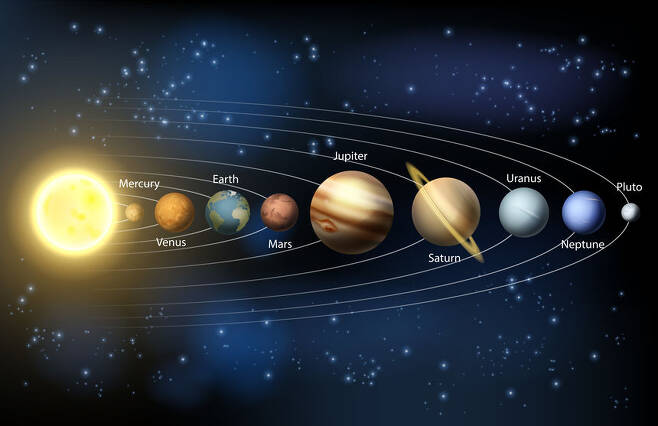The Exclusion of Pluto from the Solar System
Introduction
Pluto, once considered the ninth planet of our solar system, was a celestial body that fascinated astronomers and the public alike for decades. However, in 2006, the International Astronomical Union (IAU) redefined the criteria for classifying celestial objects as planets, leading to Pluto’s reclassification as a “dwarf planet.” In this article, we will explore the scientific reasons behind Pluto’s exclusion from the solar system as a full-fledged planet.
The Kuiper Belt Discovery
2.1 Beyond Neptune’s Orbit
The story of Pluto’s reclassification begins with the discovery of the Kuiper Belt. The Kuiper Belt is a region of space beyond Neptune’s orbit, containing numerous small icy bodies. It was first proposed by astronomer Gerard Kuiper in 1951 but remained a theoretical concept until the 1990s when astronomers began discovering objects within this region.
2.2 Pluto’s Similarities to Kuiper Belt Objects
As astronomers studied the Kuiper Belt objects (KBOs), they noticed striking similarities between Pluto and these distant icy bodies. Pluto’s small size, irregular orbit, and composition resembling KBOs raised questions about its classification as a planet.
The IAU’s Definition of a Planet
3.1 The Need for a Clear Definition
The discovery of the Kuiper Belt prompted the IAU to clarify what constitutes a planet. Prior to this, the solar system had only eight recognized planets, and it was essential to establish clear criteria for classifying celestial objects as planets.
3.2 The Three Criteria
In August 2006, the IAU released a formal definition of a planet. According to this definition, for a celestial body to be classified as a planet, it must meet three criteria:
- It must orbit the Sun.
- It must be spherical in shape due to its gravity.
- It must have cleared its orbital neighborhood of other debris.

Pluto’s Shortcomings
4.1 Pluto’s Failure to Clear Its Orbit
The IAU’s criteria exposed Pluto’s shortcomings. While Pluto met the first two criteria, it failed the third criterion. Pluto’s orbit overlapped with that of other KBOs in the Kuiper Belt, indicating that it had not “cleared its neighborhood.”
4.2 Pluto’s Reclassification
In light of this revelation, the IAU officially reclassified Pluto as a “dwarf planet” rather than a full-fledged planet. This decision, while met with controversy, was based on scientific evidence and a desire for a consistent and clear definition of a planet.
Impact on Our Understanding of the Solar System
5.1 Expanding Our Knowledge
The reclassification of Pluto forced astronomers to reconsider their understanding of the solar system. It highlighted the vastness of the Kuiper Belt and the significant number of small icy bodies residing there.
5.2 New Horizons Mission
The New Horizons spacecraft, launched in 2006, provided valuable data about Pluto and its moons, offering insights into the nature of these distant objects. This mission would not have been as significant had Pluto remained a traditional planet.
Conclusion
In conclusion, Pluto’s exclusion from the solar system as a planet was a result of scientific investigation and the need for precise criteria in planetary classification. While Pluto holds a special place in our hearts, its reclassification as a dwarf planet has expanded our knowledge of the solar system, emphasizing the complexities and diversity of celestial bodies that reside within it.







